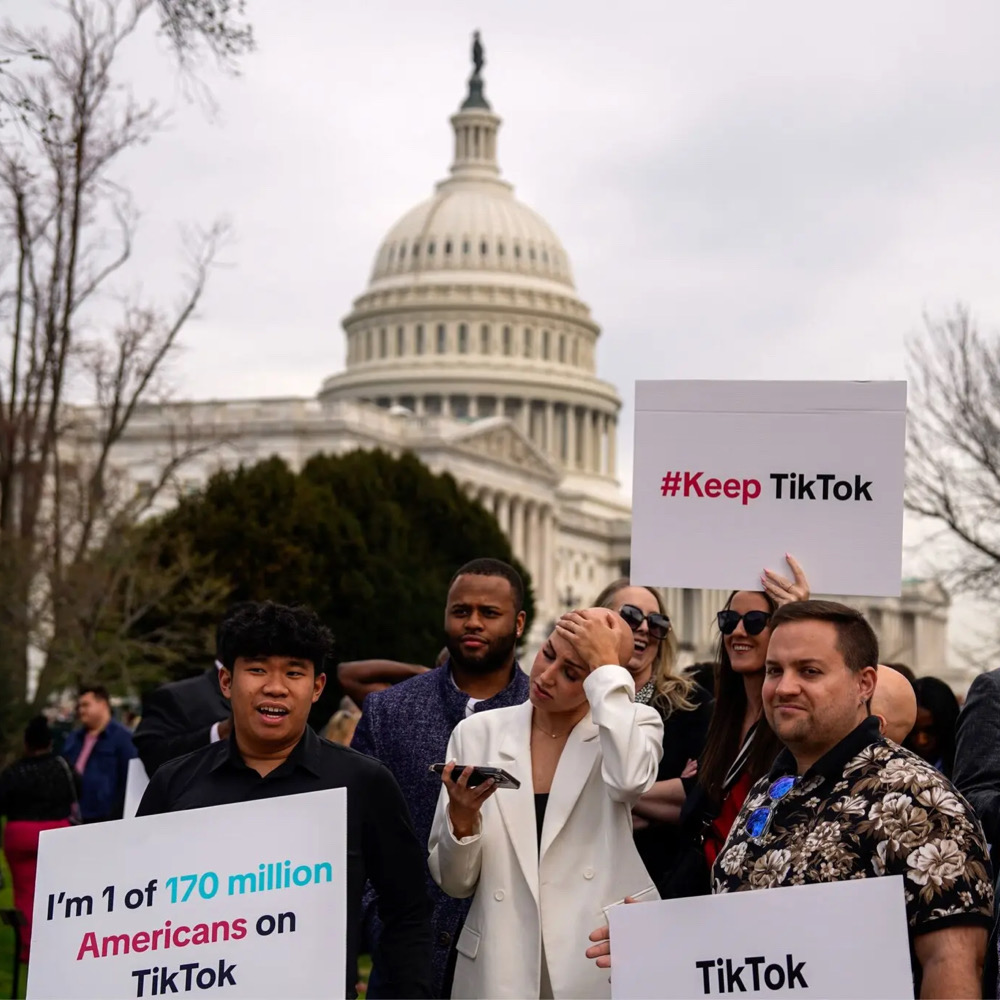The potentially scary strike that seemed inevitable for months finally got underway when the United Auto Workers struck selected plants of each of the Detroit Three automakers this morning.
Now that about 13,000 unionized workers have walked off their jobs at a General Motors plant in Missouri, a Stellantis plant in Ohio and a Ford factory in Michigan, many supplier chiefs already have handicapped what they expect.
“Likely a larger negotiation upward in pay will impact the price of autos somewhat negatively,” said Jason Lippert, president and CEO of LCI Industries, an Indiana-based manufacturer of components for automotive and recreational-vehicle markets. “I think the auto strike will be quick and auto companies want to get back to work.”
Here are 10 things Lippert and manufacturing chiefs whose companies supply the Detroit Three — and other CEOs — are pondering:
1. The effects will be limited at first. “The way in which the strike started” with limited walkouts “is good news for lots of suppliers,” said Charles Ballard, an economist associated with Michigan State University. “It raises the possibility that some suppliers will be able to get through it without a whole lot of damage.
“This has been telegraphed for a long time, too,” Ballard said of the walkout. “Many suppliers have had the opportunity to build up inventory to [reduce] their vulnerable position.”
2. There might not be a quick laydown. Don’t necessarily expect the Detroit Three individually or collectively to roll over to the union anytime soon. The automakers already, in principle, have “given away the store” by putting proposals for unprecedented double-digit wage increases on the table even before the strike began. Now, financially at least, it’s just a matter of how much more future labor-cost pain they’re willing to endure.
Plus, these talks are as crucial for the future of the automakers as for the union because of the industry’s huge, ongoing and very expensive transformation to electric-vehicle production. “With the EV makers that already are established in the United States, the risk of Chinese OEMs making EVs in Europe and with an eye toward North America, the Detroit Three are well aware of the importance of these negotiations on the long-term health of their organizations,” said Brian Irwin, managing director of the automotive and industrials group for Alvarez & Marsal consultants.
“So these could be long and protected discussions, and the Tier Ones needs to be ready for a long, tough road ahead.”
3. Leveraging agility is important. “The key to success for Tier 1 and Tier 2 suppliers in this situation will be agility — to plan their operations over the short to mid-term to provide themselves with the greatest amount of flexibility possible,” Irwin said.
Suppliers down through the automotive supply chain should be — if they haven’t already — “temporarily suspending or deferring discretionary investments,” Irwin said, especially those that “have a longer time to payback.” Many projects on those Top 10 Initiatives lists for driving improvement in quality and throughput, he said, should be shelved at least temporarily.
4. Preserving cash could be crucial. Already before the UAW strike, an Alvarez & Marsal study showed that more than 40% of the top 100 U.S. automotive suppliers “were either financially or operationally at risk over the next three to five years because of underlying economics and the amount of investment being required by Tier 1s in this once-in-a-generation evolution of the industry” to electric vehicles.
Being bled by production disruptions due to the tentacles of the UAW strike, of course, will add to the importance of suppliers minding the resources they can control. “Conserving cash,” Irwin said, “is absolutely critical.”
5. It could end as abruptly as it began. This isn’t a “need” strike by auto workers who are relatively down and out as UAW members were, say, 40 years ago when the Detroit Three got financial contract concessions from the union and Chrysler flirted with bankruptcy the first time. The typical U.S. auto worker now earns wages atop the manufacturing community, continued generous benefits, and annual profit-sharing payouts that have averaged around $8,000 to $12,000 a year for more than a decade.
Analysts have said this walkout is much about showing automakers how tough the new president, Sean Fain, can be, and about demonstrating strong leadership to the UAW rank-and-file as well as helping remove the taste from their mouths of the last several years of corruption that have seen the past two union presidents end up in jail.
In other words, once Fain and the rest of the UAW brain trust believe they’ve adequately demonstrated all of this, the strike could end as abruptly as it began. Already, Fain has in his pocket the automakers’ offers of unprecedented gains in compensation, to which he could point in order to gain crucial ratification of any new agreements by UAW membership.
6. Don’t be fooled. Selective strikes nevertheless could very quickly shut down the entire industry, given the huge interconnections in the supply chain and the auto industry’s continued fealty to the sparse inventories demanded by just-in-time production — despite some of the hang-ups that this widespread industry practice caused during the pandemic.
The union struck just three plants at first in part because that would help limit the drain on its own $800-million fund for payments to striking members, which would only last several weeks if the UAW walked out on the Detroit Three’s entire manufacturing base. Yet, in effect, the walkouts soon could bring all three companies to a standstill.
7. Get ready for trickle-down effects. While the Detroit Three are unionized, after the strike is settled, all suppliers could face more upward pressure on compensation from their own workers, because it’s already apparent the UAW is going to be able to ratchet up compensation significantly for its own members.
At the same time, suppliers could be facing a renewed round of downward price pressure by Detroit automakers of the sort that has frequently soured their relationships with Tier 1 and Tier 2 suppliers over the past decades that have seen lower-priced foreign competitors eat away at the “Big Three’s” previous dominance of the U.S. market.
“You will see increased cost pressures on suppliers,” Irwin said. “That’s not new, of course, but add [increased labor costs for the Detroit Three] to 40-year inflation levels everyone already has been experiencing. Those headwinds are being felt and will be pushed down.”
8. Opportunity may beckon. One major stress point between the UAW and the automakers is what happens to unionized workers as the industry veers strongly into a future based on production of electric vehicles, which is requiring a lot of new capital — but will demand a lot less labor than traditional vehicle output.
“Something that could be positive for the supplier community is that, depending on exactly what happens in the [Detroit Three] settlement, the in-sourcing plans the OEMs have around electric motors and the like could be shelved,” Irwin said. “If the cost-competitiveness of those [OEM] production operations deteriorates because of additional labor costs vis-à-vis non-union suppliers, those plans will be up for grabs.”
9. It’s hard to turn around strategy on customers. Unless the strike is an absolute economic debacle, it isn’t likely to give suppliers significantly more agency to turn to, say, foreign automakers in the U.S. instead, whose relative cost position versus the Detroit Three could be significantly improved and who could thus continue to take market share from GM, Ford and Stellantis.
“You do everything you can to be considered for any OEM’s business award,” Irwin said. “If you’re fortunate enough to be awarded brakes or the steering wheel on the next generation of anyone’s vehicle, then you’ll figure out how to do it. That’s something the supplier community accepted long ago.”
10. Don’t expect major macroeconomic damage … for a while. The impact on Michigan, which has a far larger share of the companies’ unionized workers than any other state, will be most signifiant. But even a sizeable UAW walkout of several weeks may not hit the state terribly hard economically.
“Autos were 25% of the Michigan economy at the peak, but now it’s just 6%,” Professor Ballard said. “It’s not as pivotal to the economy as it once was. “And even if [Michigan’s’] share of the economy originating in autos was the same, factory employment is down substantially because of changes in technology.”
At the same time, for the rest of the U.S. automotive economy, it’s notable that the Detroit Three and their dealers managed to get vehicle inventories back up to traditionally comfortable territory, and beyond, before the strike. That came after three years of adjusting supply chains and procedures to severe shortages that were caused by a lack of microchips beginning during Covid.
More than two million unsold new vehicles were available in the U.S. throughout August, the highest level seen since April 2021, said Cox Automotive analysts. That represented a 68% increase from last year, comprising nearly the 60-day supply that the industry has considered normal and ideal — and a level not seen for a few years.
The post 10 Things Suppliers Should Be Thinking About The UAW Strike appeared first on ChiefExecutive.net.
























































![Social Media Spring Cleaning [Infographic] Social Media Spring Cleaning [Infographic]](https://imgproxy.divecdn.com/9e7sW3TubFHM00yvXe5zvvbhAVriJiGqS8xmVFLPC6s/g:ce/rs:fit:770:435/Z3M6Ly9kaXZlc2l0ZS1zdG9yYWdlL2RpdmVpbWFnZS9zb2NpYWxfc3ByaW5nX2NsZWFuaW5nMi5wbmc=.webp)
![5 Ways to Improve Your LinkedIn Marketing Efforts in 2025 [Infographic] 5 Ways to Improve Your LinkedIn Marketing Efforts in 2025 [Infographic]](https://imgproxy.divecdn.com/Hv-m77iIkXSAtB3IEwA3XAuouMwkZApIeDGDnLy5Yhs/g:ce/rs:fit:770:435/Z3M6Ly9kaXZlc2l0ZS1zdG9yYWdlL2RpdmVpbWFnZS9saW5rZWRpbl9zdHJhdGVneV9pbmZvMi5wbmc=.webp)












